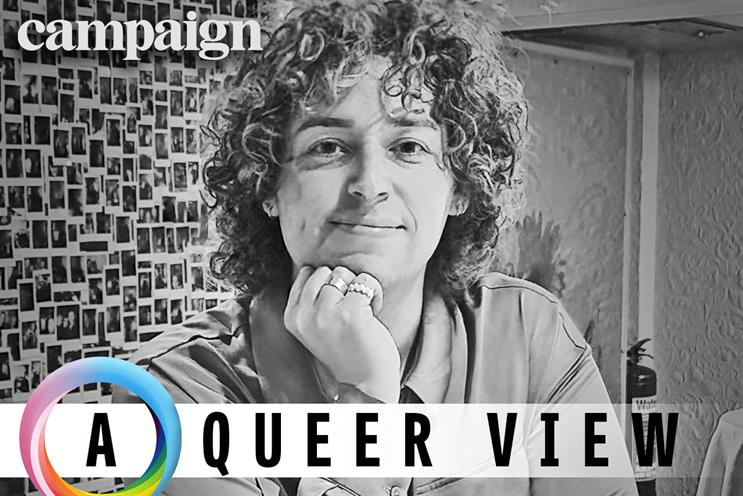This Pride Month rainbow flags may be flying, but here in the UK LGBTQIA+ inclusion is in freefall. ILGA’s Rainbow Index ranks countries across Europe on their LGBTQIA+ rights – the UK has slipped from the top spot to 17th place in just eight years.
Last month, UN expert Victor Madrigal-Borloz said they were “deeply concerned” about rising anti-LGBTQIA+ hate in the UK fuelled by “toxic public debate”.
In the past six years, there’s been a 348% rise in LGBTQIA+ hate crime.
Our queer talent is not thriving in our industry. Almost half (46%) are affected by stress/anxiety or mental health conditions and more than one in four intend to leave their company in the next 12 months.
We need to get serious to reverse the trend
It’s time to take LGBTQIA+ corporate advocacy seriously.
It’s time to take LGBTQIA+ inclusion seriously.
This new column is a platform to guide and hold our industry accountable for its efforts.
Expect to read about the importance of authentic queer representation in our industry’s creative work and the commercial case for it too; about the need for substantial improvements to inclusion in our working environments; and about the adspend divestment required to throttle the funding that’s fuelling anti-trans and ultimately anti-LGBTQIA+ disinformation.
This platform is a queer view with a mission to reverse this bleak picture. Yes, it’s my view, but I also hope it becomes a space for the full diversity of experiences and opinions within our community to reach you, the senior leaders of our industry, every month.
With that in mind, let’s talk about Budweiser.
The beer brand and the transgender influencer
Much has been written about Bud Light over the past month.
Some have suggested the moral of this story is that ignoring your existing customers leads to disaster.
But my view is this: it isn’t that Bud Light was wrong to work with a transgender influencer, it’s that its hollow support ultimately cost it the custom from those willing to fire an AR-15 into their 24-pack, and the custom of the community it was hoping to engage in the first place.
Embracing diversity is both a moral imperative and a strategic advantage for businesses.
What does substantial LGBTQIA+ advocacy look like?
It’s Halifax, telling one bigoted customer complaining about pronouns on bank staff badges: “If you disagree with our values, you’re welcome to close your account.”
It’s Wickes using its Brighton Pride float to send an unambiguous message to our government to “ban conversion therapy for all”.
And it’s North Face standing firm on its belief that “the outdoors are for everyone” with its unequivocal support for the drag talent featured in its ad.
The need for substantial and unwavering advocacy for the LGBTQIA+ community and in particular solidarity with the trans+ community is urgent. Brands, your allyship will be tested. Anti-trans extremists are targeting all brands and exposing how thin the advocacy really is.
The future is queer and it is here
Gen Z is the queerest generation yet (only 71% identify as straight) and they have allies in their family members and their friends.
The brands that will succeed now and into the future will be those that understand this and respond strongly. We have no more room for performative gestures or empty commitments in 2023 and into the future: love is love, but money talks.
The era of hollow LGBTQIA+ advocacy is over.
From January to the end of May this year, there have been 2,897 articles about Trans+ people in the UK news media (excluding Pink News) – the majority with negative framing. All with advertising around them.
Source: Community database Dysphorum
Marty Davies (they/them) is joint chief executive of Outvertising, the marketing and advertising industry’s LGBTQIA+ advocacy group; and co-founder of Trans+ Adland, a grassroots community group of trans, non-binary, gender non-conforming and intersex people across the world of marketing and advertising. They are also the founder of creative strategy consultancy Smarty Pants.


